Just a short drive from Kansas City, we found ourselves pulling into the parking lot at Mahaffie Stagecoach Stop (1200 E. Kansas City Rd, Olathe, KS). Right away, it felt like stepping into a sepia-toned photograph, one where the horses still outnumber cars and chimney smoke carries the scent of wood-fired ovens. This isn’t just a museum—it’s a living history site, where the 1860s are alive and well. Kids were climbing into a stagecoach, reenactors were dressed to the nines, and we could already hear the ring of the blacksmith’s hammer echoing across the breeze. We’ve always gravitated toward places that bring history to life, and Mahaffie does it with personality and purpose. Our visit coincided with their annual Independence Day celebration, which added a touch of star-spangled magic to our journey through time.
We want to thank Mahaffie Stagecoach Stop for hosting our visit. Rest assured, all photos and opinions are our own.
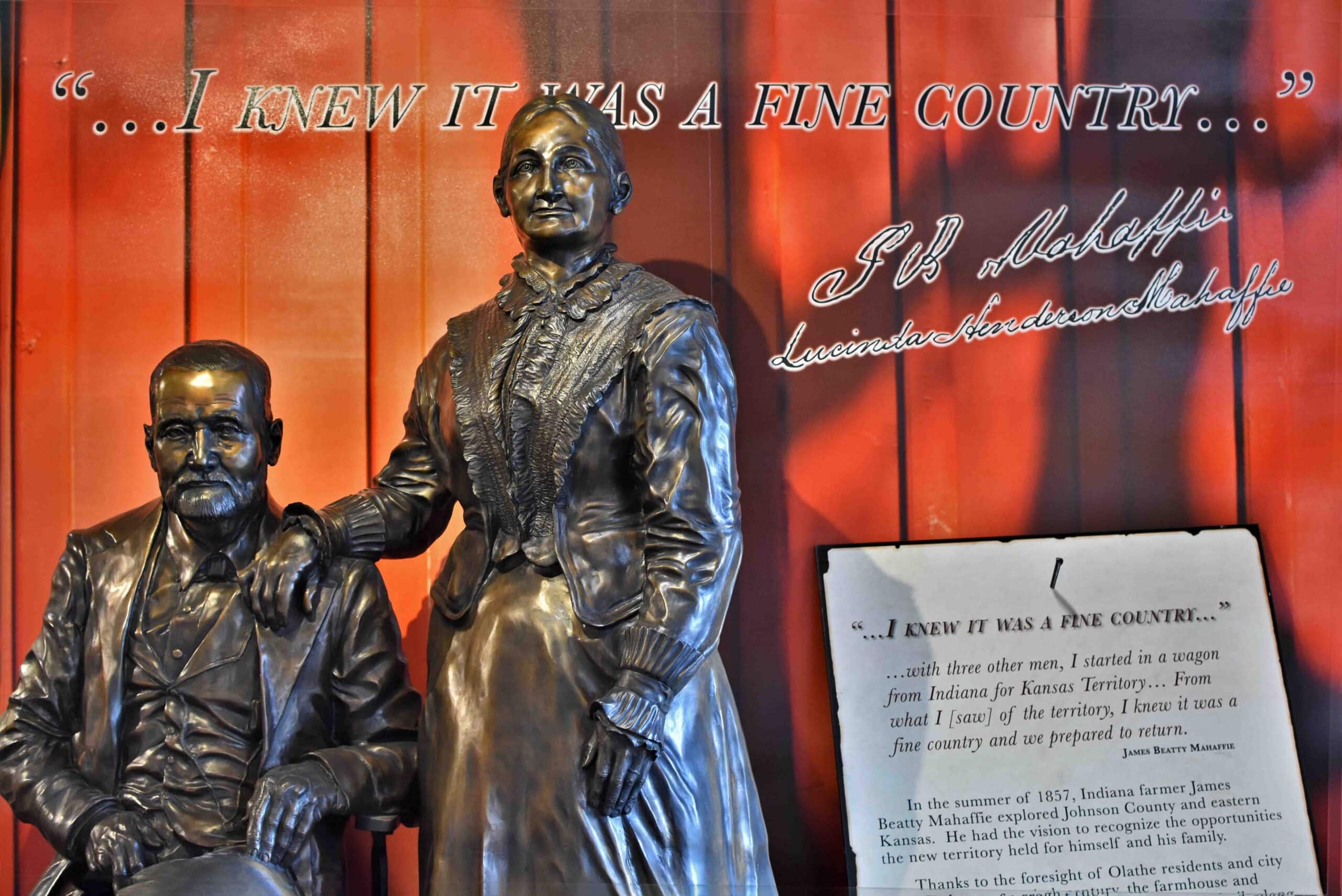
The Mahaffie Family Builds a Legacy
Before this place became a destination for curious folks like us, it was just a patch of prairie that James and Lucinda Mahaffie saw promise in. They arrived in Olathe in 1857 and, by 1865, had built the sturdy limestone house that still stands today. With the westward migration in full swing, the Mahaffies turned their home into a bustling stagecoach stop along the Santa Fe Trail. It’s hard to imagine the long, bumpy rides travelers endured, but even harder to imagine making the trip without a hearty meal and a place to rest, both of which the Mahaffies provided. One surprising tidbit we learned: the Mahaffie house is the only original stagecoach stop still open to the public on the Santa Fe Trail. That alone made us glad we made the detour.
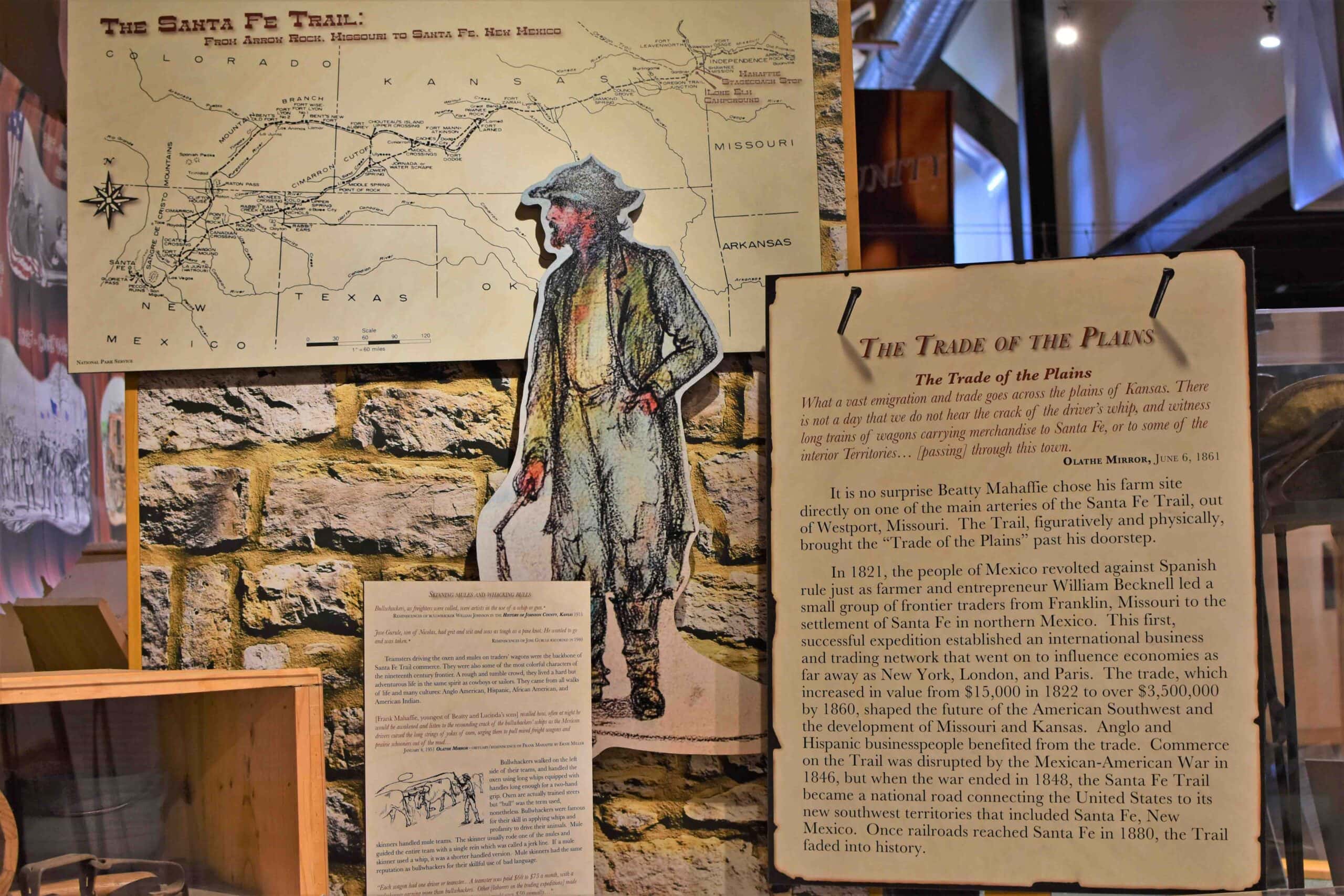
Trading and Trails on the Prairie
In the 1860s, this region served as a crossroads of commerce, conversation, and cattle trade. Olathe sat squarely along the Santa Fe, Oregon, and California trails, which turned spots like the Mahaffie Stagecoach Stop into critical lifelines for weary travelers and mail carriers. Stagecoaches weren’t just transportation—they were connectors of culture and economy. Merchants, military couriers, and even politicians passed through, often elbow-to-elbow with pioneers chasing promises further west. It wasn’t hard to imagine wagons pulling in, loaded with dry goods, bolts of cloth, or maybe even crates of newspapers. I pictured buffalo robes being traded here, which would have been especially prized during the colder months.
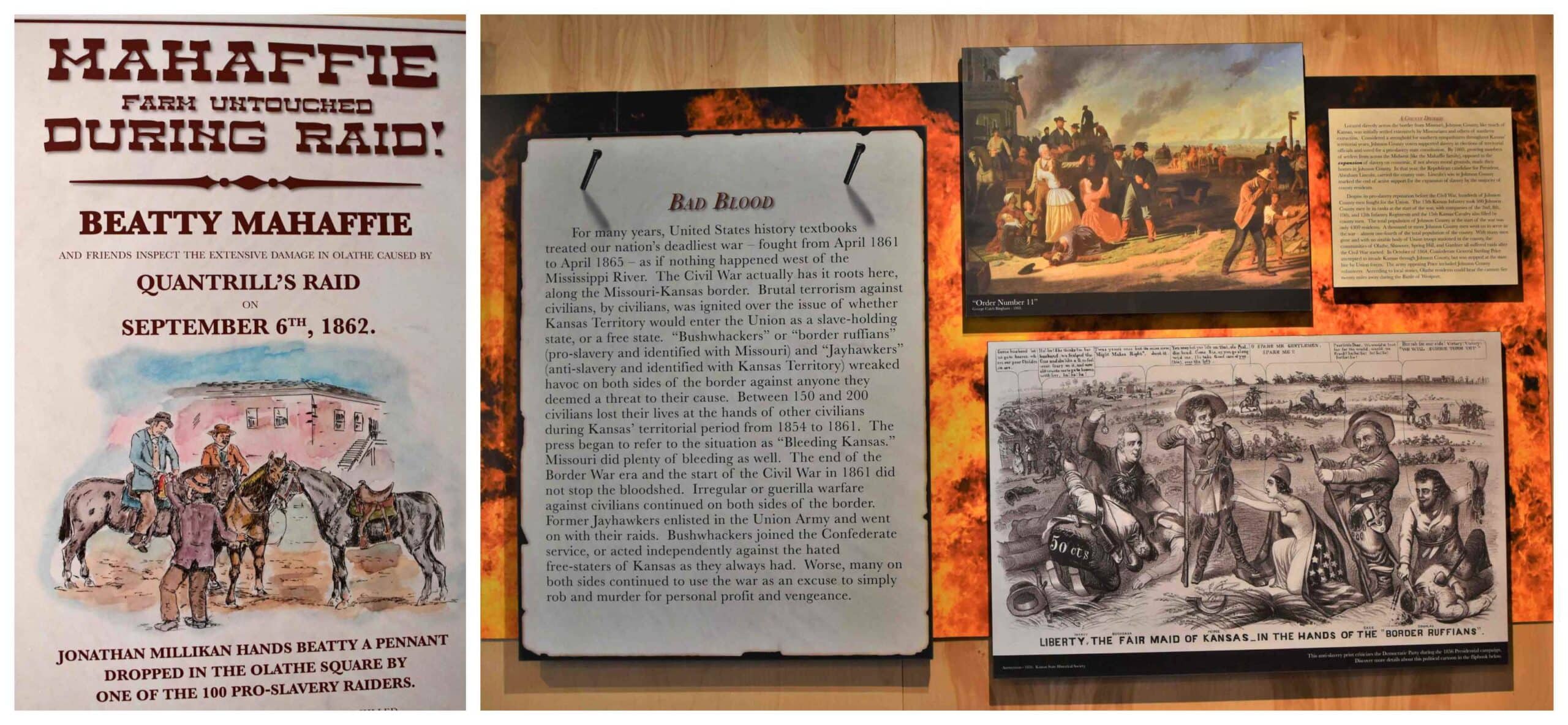
Echoes of the Civil War
History rarely runs in a straight line, and the Civil War carved deep grooves into the Kansas landscape—both literally and figuratively. The Mahaffie property straddled a region that was fiercely divided. Kansas was a free state, but its neighbor, Missouri, wasn’t. Border skirmishes weren’t just stories—they were Saturday night realities. Though the Mahaffies were Union supporters, they still opened their doors to those in need. Troop movements sometimes relied on stage stops like this for quick meals or changing horses. During our visit, I couldn’t help but imagine soldiers huddled near the hearth or scribbling letters home on the same wooden porch we stood on. These kinds of places weren’t just waypoints—they were witnesses to the turmoil and resilience of a nation trying to hold itself together.
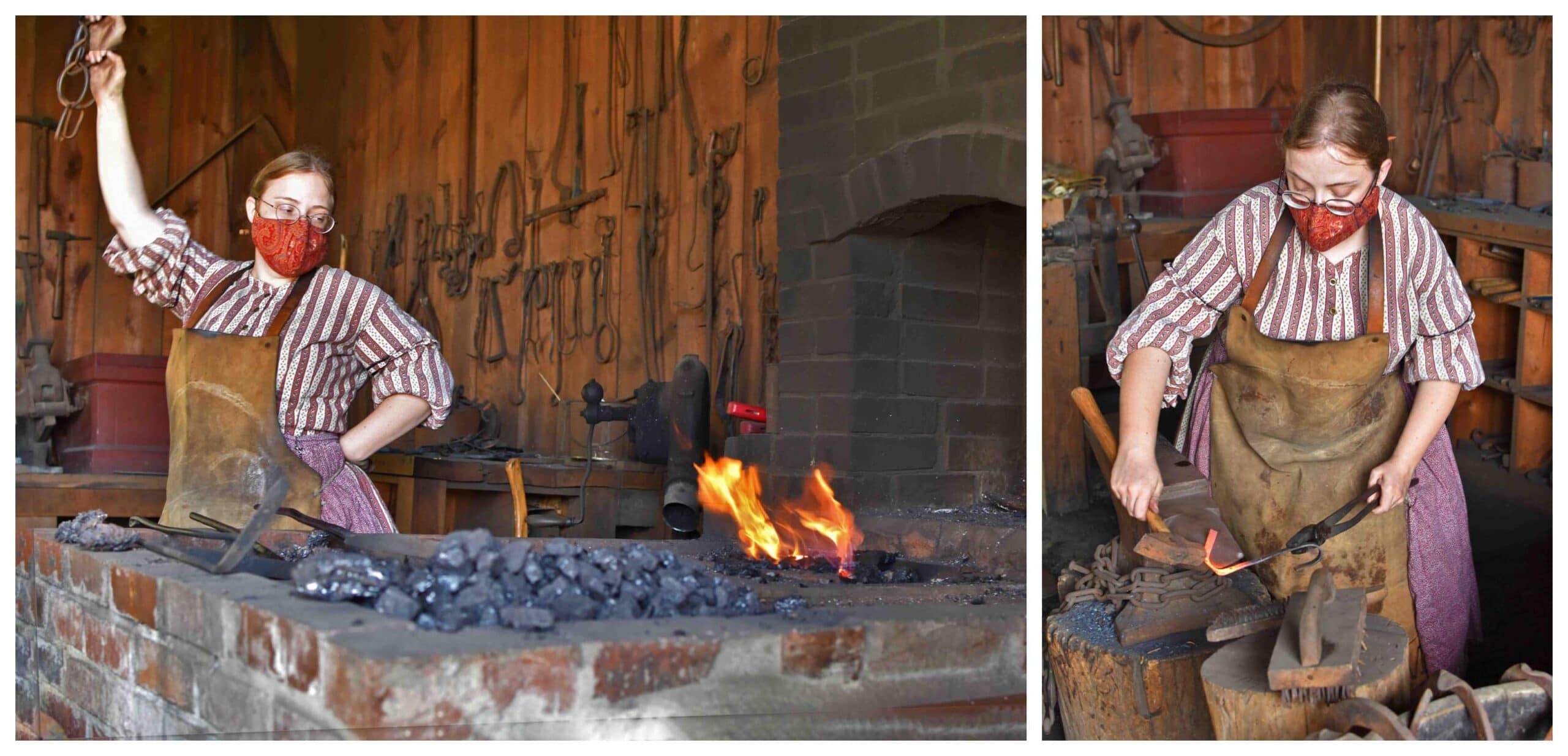
Farm Life and Fiery Sparks
Heading outside, we discovered that the farm buzzes with life just like it might have in the 19th century. We wandered past gardens lined with heirloom vegetables. Down by the barn, the rhythmic clink of metal against an anvil drew us into the blacksmith shop. Inside, a reenactor stoked the forge, sending sparks flying as she shaped red-hot iron. We lingered near the blacksmith’s fiery forge, soaking up the clang of history. It’s one thing to read about early travel on the plains, but it’s another to hear the creak of wagon wheels and smell fresh hay underfoot. It all reminded us of how closely people were tied to the land and the labor it required.
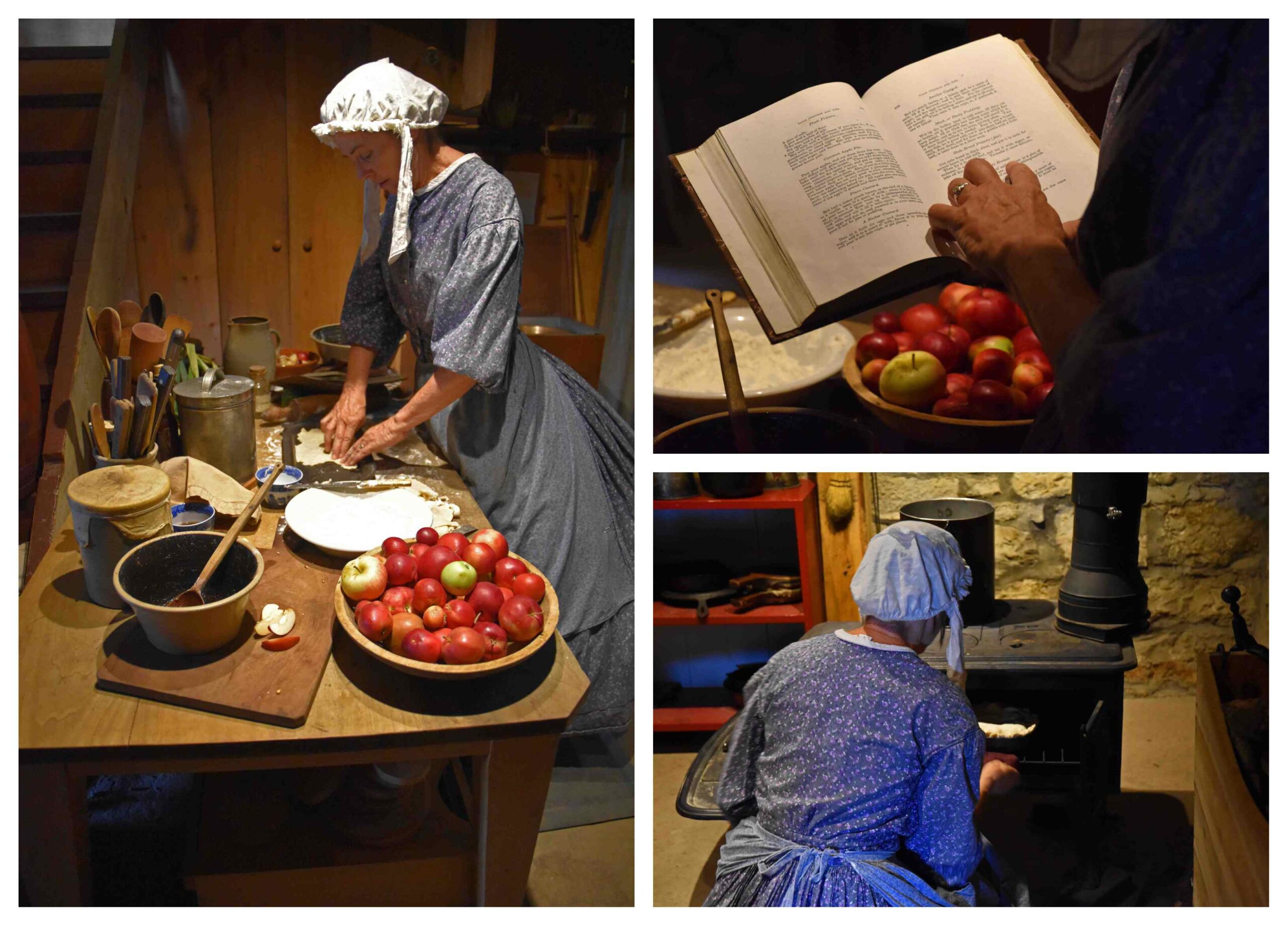
The Heart of the Home—Below Ground
Back at the house, we ducked into the stone basement, where the cool air offered a brief relief from the July sun. Here, the kitchen was alive with the scent of cinnamon and apples. A costumed cook—apron and all—was elbow-deep in dough, rolling out crusts for apple pies that looked good enough to time-travel for. We chatted about frontier foodways and learned a little about the recipes used in the olden days. I hadn’t realized just how seasonal and practical their meals had to be. Everything in this kitchen had a job, from the butter churn to the iron stove. Watching the pies go into the oven, it was clear that this space wasn’t just for cooking—it was where memories were made and family was fed.
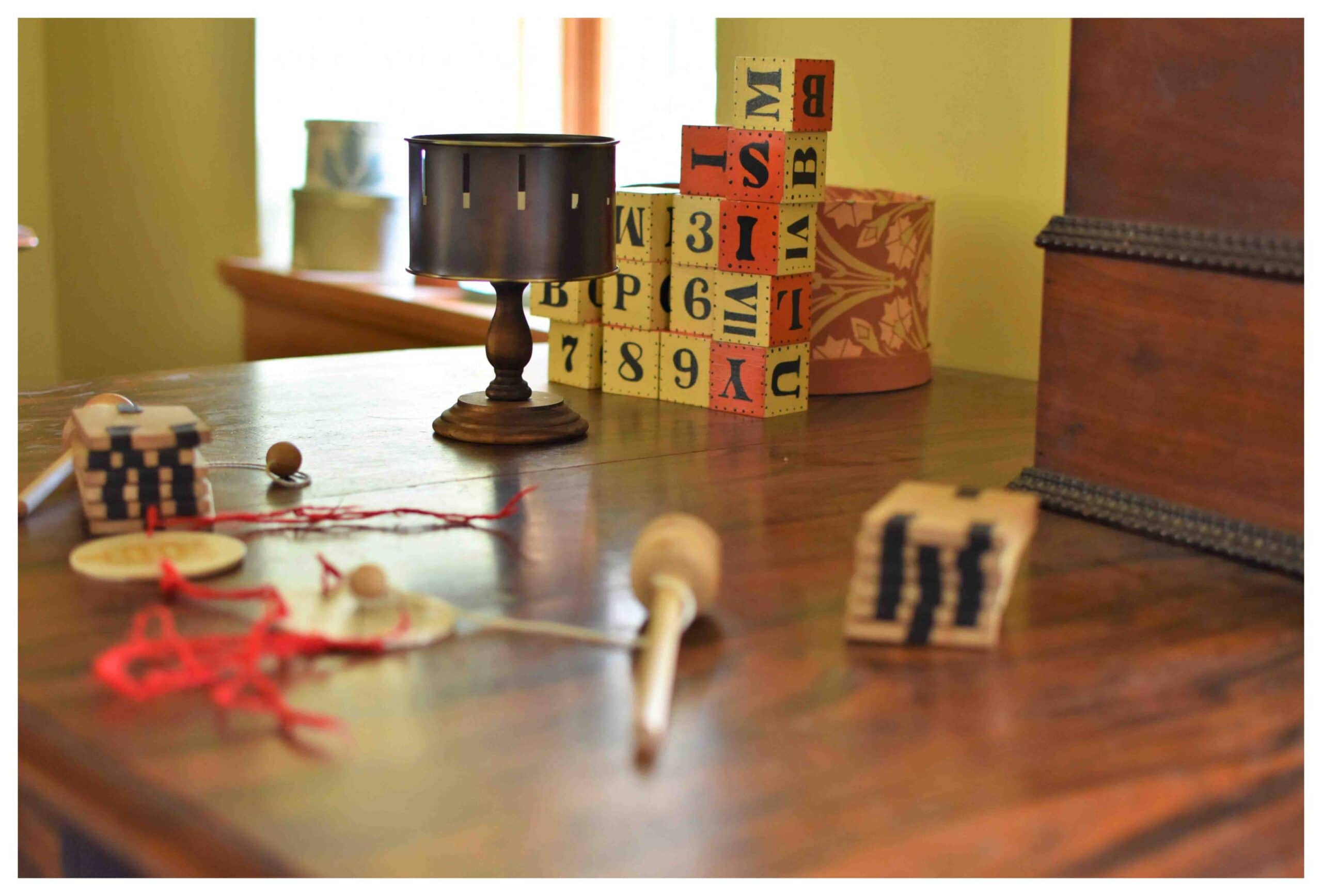
Upstairs with the Mahaffie Children
Climbing the narrow staircase brought us into the family’s quarters. The children’s room, with its pint-sized beds and hand-sewn quilts, had a sweetness to it that felt timeless. On a small table rested a handful of 1800s-era toys—whirligigs, wooden blocks, and even a cup-and-ball game that brought back memories of my childhood. Crystal enjoys this personal side of history. This part of the tour felt intimate. It reminded us that behind every historic site are real people who once argued over chores, comforted teething babies, and whispered bedtime stories under the same beams we stood beneath. It’s those little human details that make places like the Mahaffie Stagecoach Stop more than just preserved buildings—they’re preserved lives.
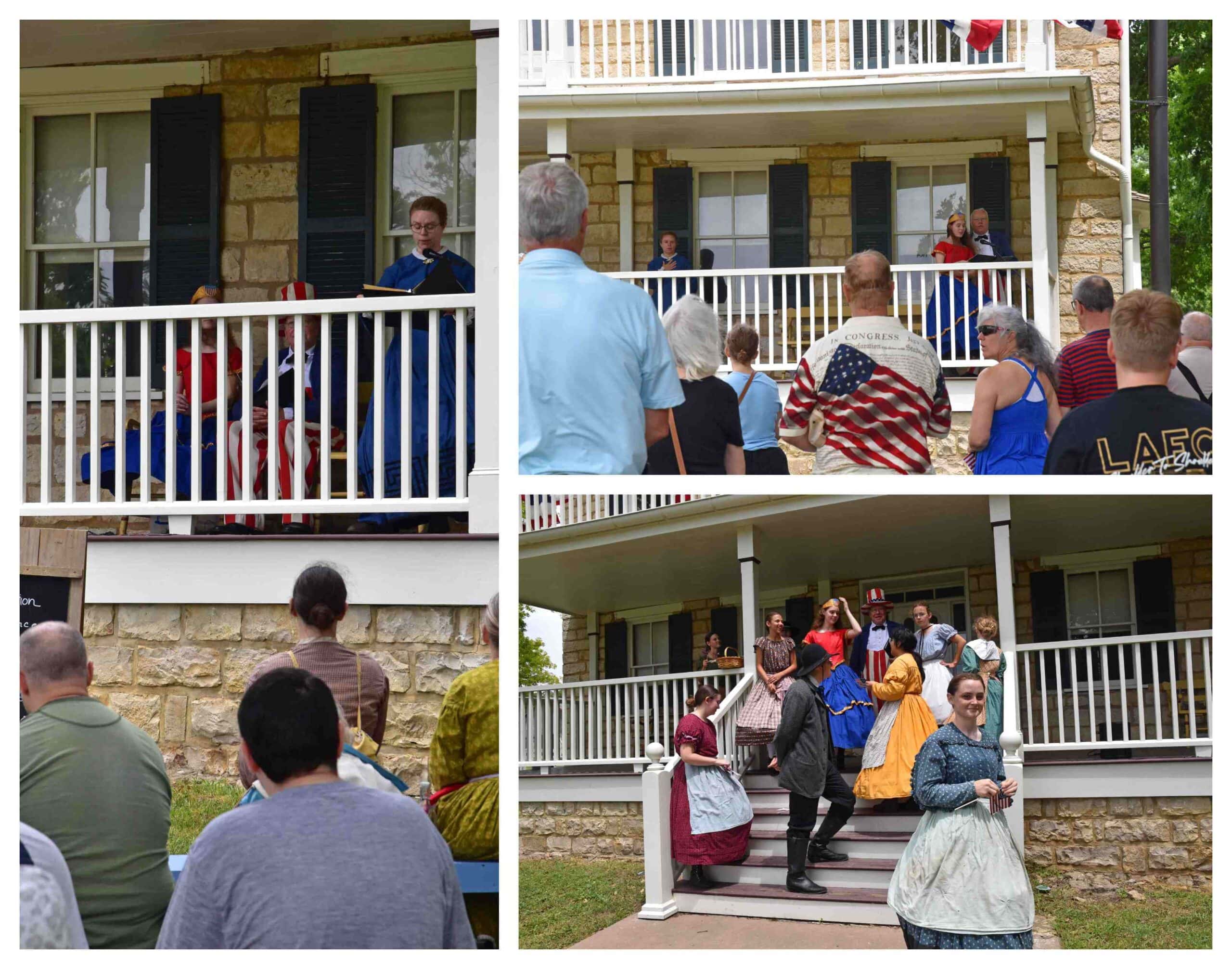
Stars, Stripes, and Stirrings of Pride
Our visit coincided with Mahaffie’s annual Independence Day celebration, and it was nothing short of spirited. In the shade of an old oak, we gathered with dozens of others to hear the reading of the Declaration of Independence. Afterwards, Uncle Sam and Lady Columbia took the stage in full red, white, and blue regalia. They entertained the crowd with songs that had people singing along. I found myself humming along to the patriotic tunes echoing across the lawn. Something was comforting in hearing those familiar words in such a historic setting, like the past and present were shaking hands for a brief, meaningful moment.
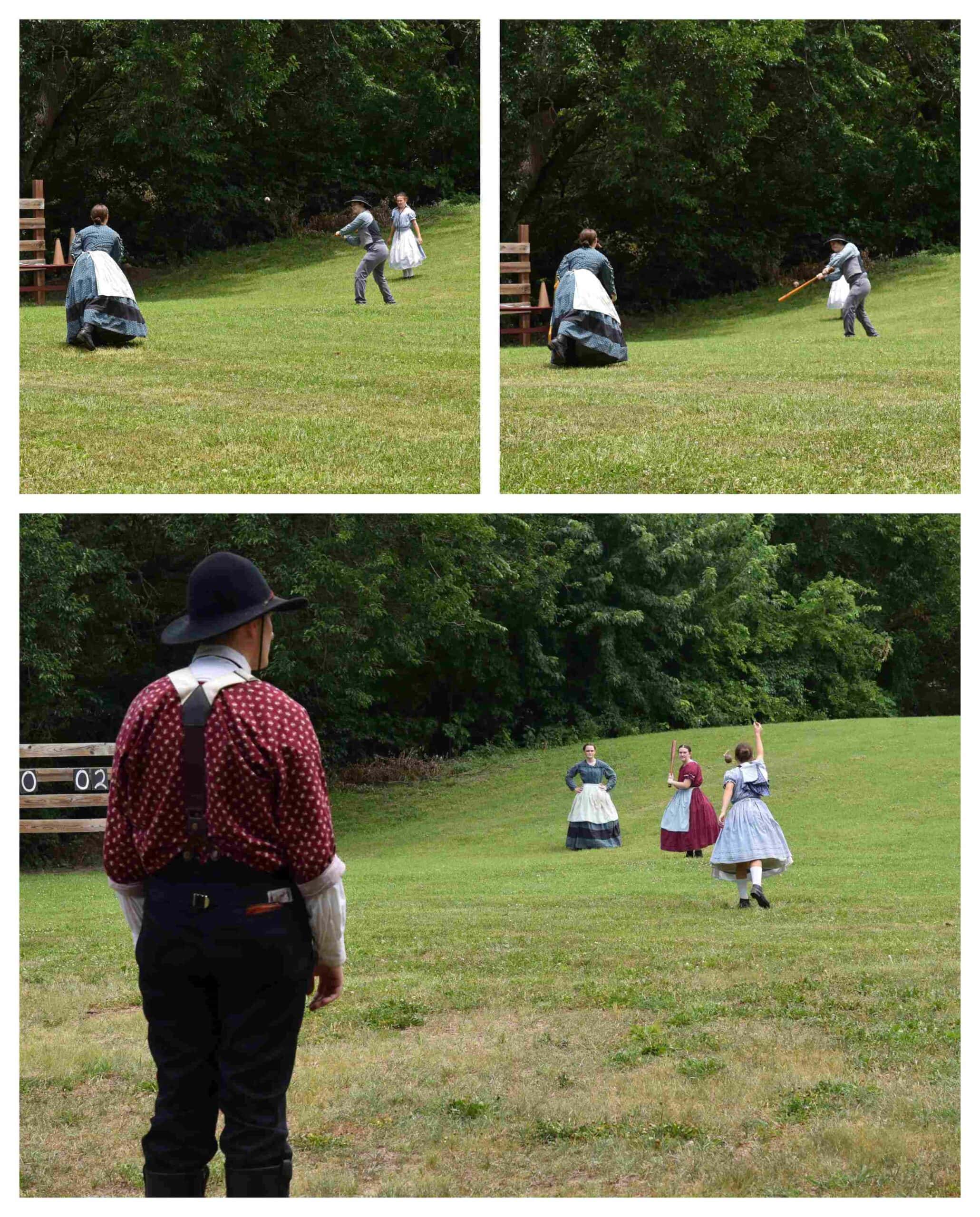
A Game for the Ages
We capped off our visit by taking in an old-fashioned base ball game—yes, that’s how they spelled it back then. The rules were a little different (no gloves!), but the excitement was familiar. Players in vintage uniforms ran the bases as cheers rang out from the wooden bleachers. It was the kind of moment that makes you feel like you’re part of a Norman Rockwell painting—sun in the sky, flags fluttering, laughter in the air. As we made our way back to the car, I looked back at the field one last time and thought how lucky we are to have places like the Mahaffie Stagecoach Stop still. It’s not just about looking back—it’s about carrying those stories forward. If you’ve ever wanted to walk through history and shake its hand, this is the place to do it.




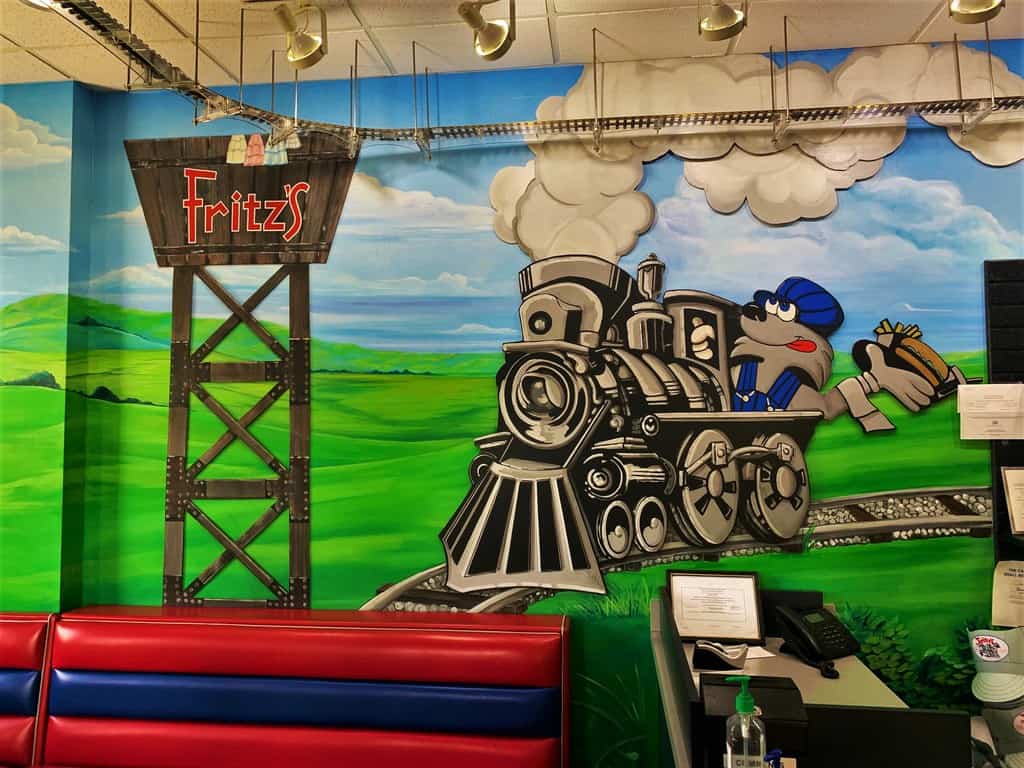

Thank you for another good article about an interesting place to visit. In addition to our personal love to travel around the USA, I coordinate visits to places in and around Kansas City for the senior adults from our church. We have been to several historic places in the last few years, but not to Mahaffie Stagecoach so thanks for another idea. Some of our senior adults have good mobility while others are slower or use walkers or canes. I looked at their website but couldn’t tell if the main building and house were accessible for people who avoid stairs, need paved or solid walking surfaces, and an occasional bench to sit on as they explore at least parts of the farm. Would someone with limited mobility be able to see much of it?
I would have to say it’s a mixed bag. The visitors center is certainly handicap accessible, but the farm does include some non-paved areas. I would reach out to the site to discuss options.
Still don’t know the address. Is it too much to put an address in the opening paragraphs ? I spied that it’s in Olathe, Kansas, somewhere, but I’m not from around here, so I don’t know specifically where to look or go. This is a disturbing trend in advertising that everyone seems to just assume the public knows where something is.
We are currently going through a complete redesign and will keep your comment in mind for new articles. Mahaffie is located at 1200 E. Kansas City Road in Olathe, Kansas.
We visited Mahaffie years ago with the kids—your post brought back such fun memories of the stagecoach ride and blacksmith shop!
Sounds like a fun time. It’s never too late to make a return visit.
Living history sites like Mahaffie make learning feel like an adventure. Great photos too!
We agree wholeheartedly. We are always on the lookout for living history sites.
We’ve driven past the sign so many times. Looks like we need to finally stop and explore!
Sounds like a good plan.